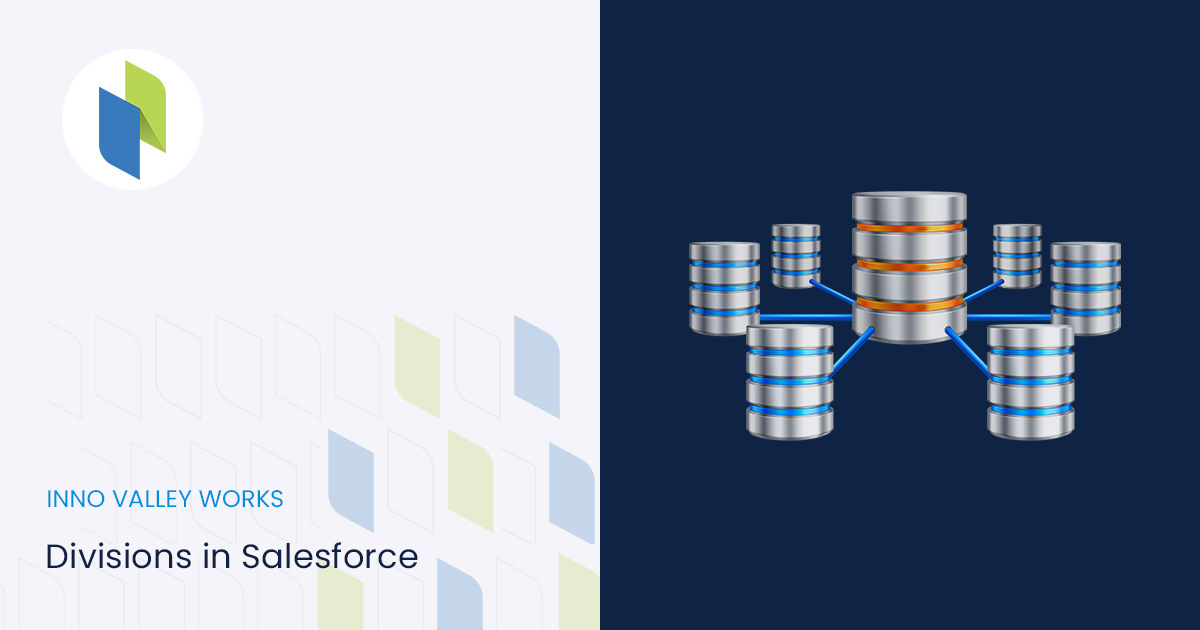Would you know about Divisions in Salesforce?
Divisions allow you to structure your organization’s data into logical divisions,
making searches, reports, and list views more useful to users. Divisions are useful
for organizations that handle massive amounts of data.
Divisions can be created for users and other types of records. For example,
you can generate a report that only shows cases for South American agents in order
to obtain precise data for the South American customer service team.
Divisions make searches, reports, and list displays simpler to understand for
users in large organizations by categorizing data into logical divisions. For example,
if your searches take a long time or time out, and your users only need to access a
subset of your data, employing Divisions can help improve performance.
- Record-level division
- Division is a field on individual records that denotes that the record pertains to a specific division. A record may belong to a division created by the administrator or the usual “global” division. A record can be designated to only one division at a time.
- Division is a field on individual records that denotes that the record pertains to a specific division. A record may belong to a division created by the administrator or the usual “global” division. A record can be designated to only one division at a time.
- Default division
- Users are assigned a default division, which applies to newly generated accounts, leads, and custom objects that support divisions.
- Users are assigned a default division, which applies to newly generated accounts, leads, and custom objects that support divisions.
- Working division
- If you have “Affected by Divisions” permission, you can select the division from a drop-down list in the sidebar. Then, searches only return data for the current working division. You may alter your working division at any moment. You will view records from all divisions if you do not have the “Affected by Divisions” permission.
Division Benefits for :
- Organizations with massive amounts of data (over 1 million records in a single object).
- Organizations that are effectively numerous companies sharing a single org but operating independently.
- Organizations that discover their search results have become congested with data from another division with whom they have no interaction.
- Organizations with roughly similar amounts of data across each suggested division.









 .
.